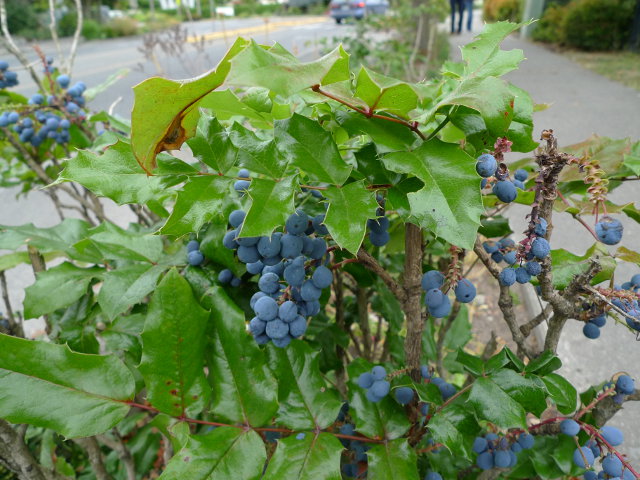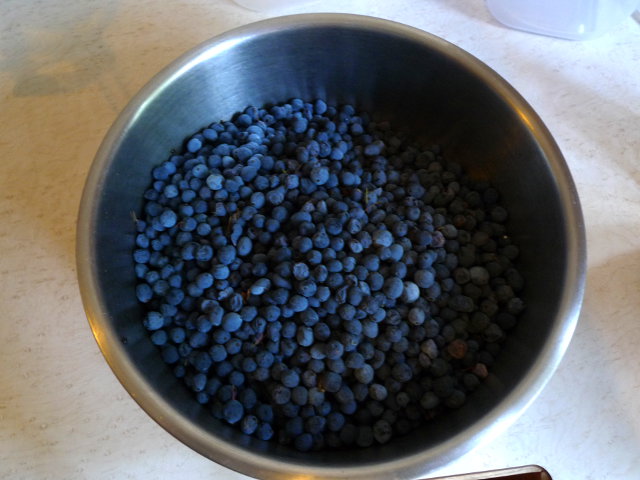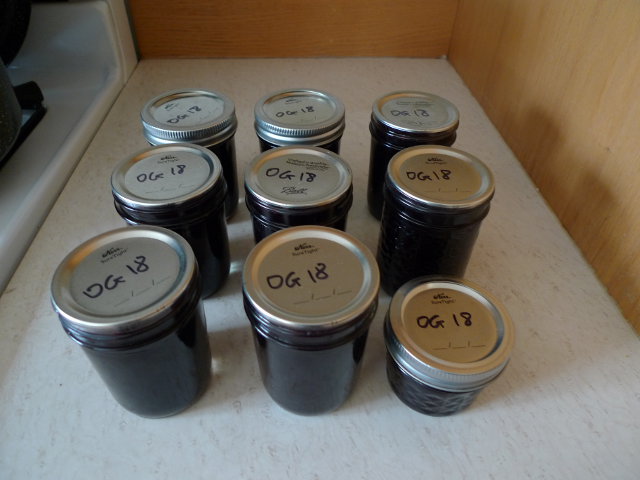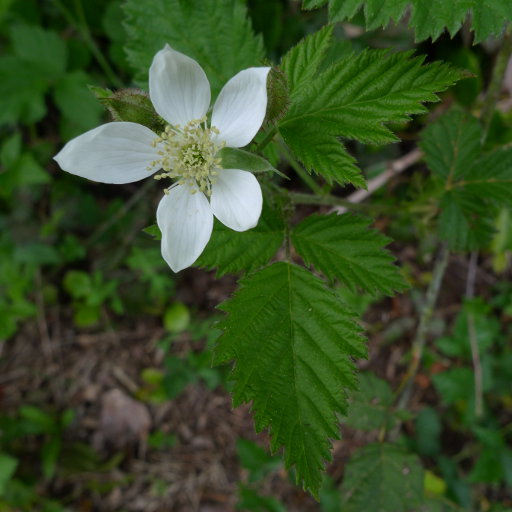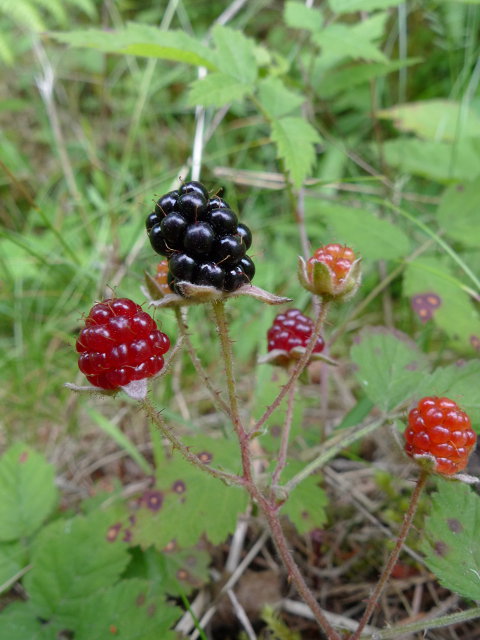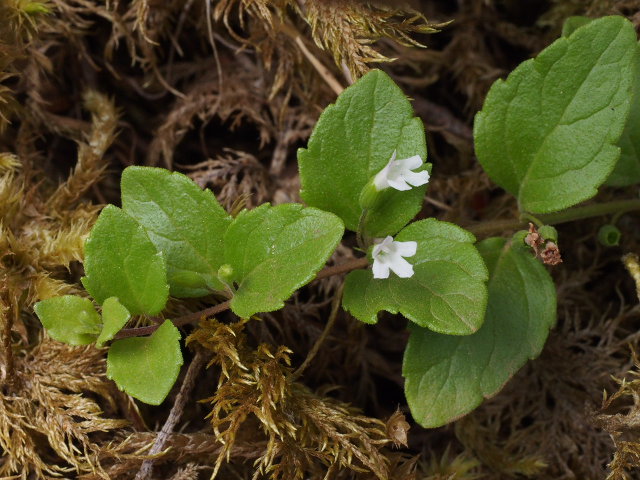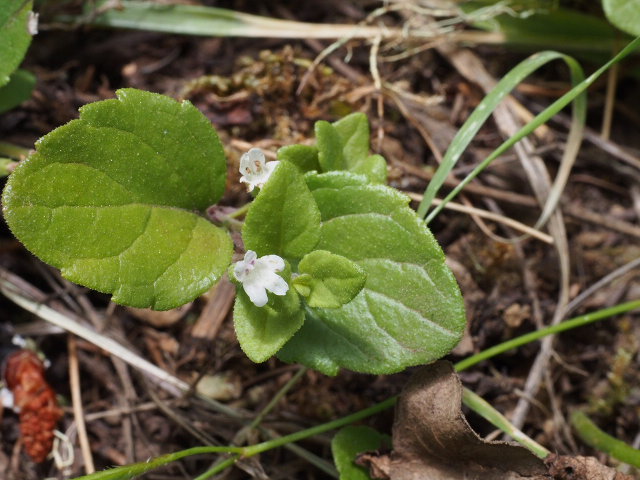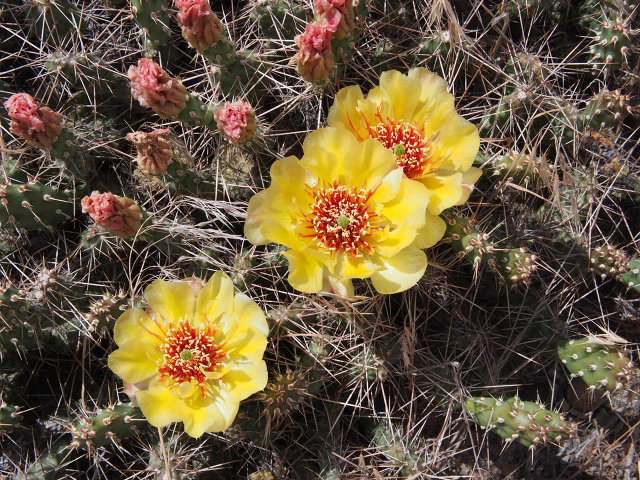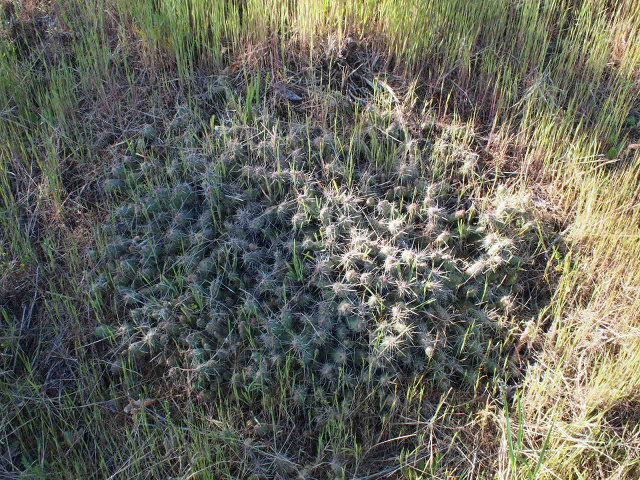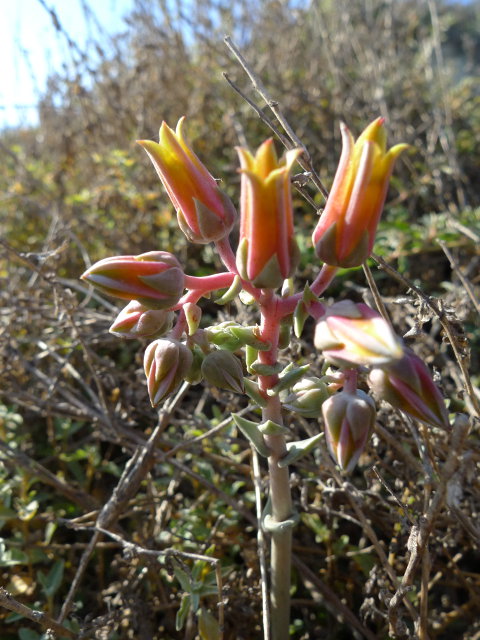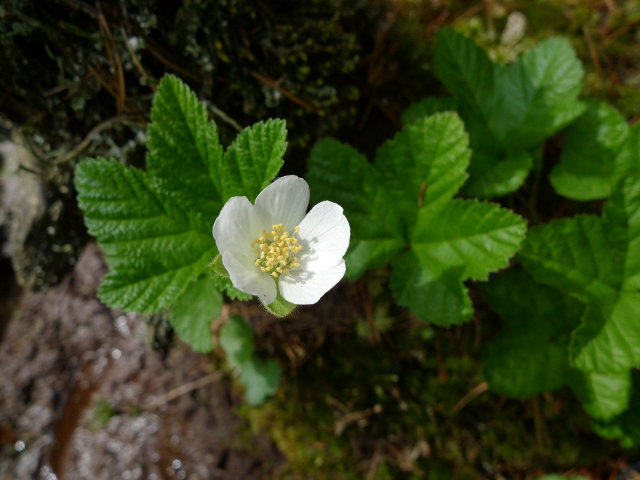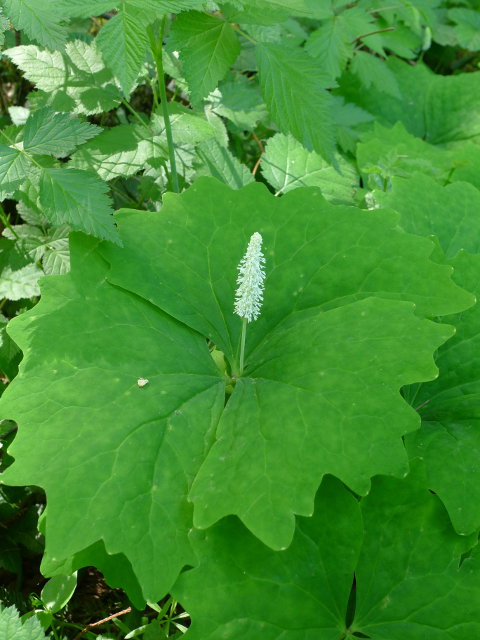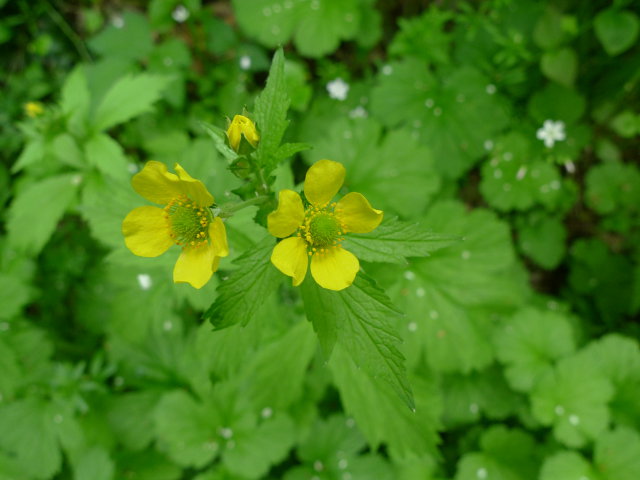Wild Cranberry Harvest
Published at 09:46 on 30 September 2018
There were times when I was wondering if it was going to happen this year. First, the partner who was going to accompany me and give me a ride from the Seattle ferry dock flaked out. Then, it looked as if the front that was forecast to come through last evening (and which ended up doing so) was going to come in up to four hours early. That would have meant a chilly, wet afternoon in what is already a soggy place.
My desire to revisit what is a special place to me eventually prevailed. I decided to risk the weather, pay the vehicle tolls on the ferry, and go anyhow. Part of it is that I had wanted to go there last year, but the only road in was closed due to a forest fire. Part if it is that I may be moving further west and simply not visiting this particular cranberry-harvesting spot in future years (more on that in another post).
I needn’t have worried. I checked to ensure the road was open this year (no reports of closures, although I did have to make a detour around a bridge-replacement project to get to the road’s start). Yesterday afternoon turned out mostly sunny and surprisingly warm.
That latter fact still surprises me in a bog, even though I’ve been visiting such places enough to have experienced it multiple times. Bogs tend to be open places, so in sunny weather receive full sun. This is the first part of why they get so warm. The second part is their peat soils, which have much less heat capacity than normal soils. A little bit of sunlight will leave most soils still cold and clammy from the overnight chill but the floor of a bog will be warming quickly.
Intellectually, I know the above, yet peat bogs tend to be northern ecosystems, associated with past glaciation. Moreover their environment closely mimics conditions found in the arctic tundra, to the point that many bog plants are also tundra plants. So I keep associating bogs with the chill of the north in my mind, even though they are often very warm places. So long as the sun is out, that is—on cold, clear nights, the same factors that make them warm up quickly on sunny days enable them to cool down quickly. Extreme of temperature, not mere presence of warmth, is the real principle operating here.
I stepped off the logging road (recently raised with fresh gravel after advancing sphagnum had covered it and was reclaiming it from human use) that crosses the bog and was greeted by the fragrance of the Labrador tea bushes I was brushing against. My bare feet sank deep into the sphagnum and tea-colored water welled up around them.
Further in, the shrubs became more stunted and it was there that the hummocks of moss were criss-crossed with dainty trailing vines bearing plump red and yellow fruits which seemed totally out of scale with the size of the plants bearing them. Cranberries, and lots of them this time. Smaller and differently-colored than the dark red ones in the stores, but with an unmistakable cranberry flavor and not quite as sour.
With wild fruit, you never really know what you’re going to find. Some years have bumper crops, and some years are busts. There’s times I’ve come back from the bog with only a cup or two of berries. This year I easily harvested over a pound of them, enough for a batch of cranberry sauce to share on Thanksgiving. It’s not the phenomenal fruiting I saw the first time I visited the bog in the autumn, but aside from that it’s the most productive year I’ve seen.
I finished my berry harvest, spent a few minutes plucking Labrador tea leaves (another harvest I make a point of making while there), said my thanks (and maybe my farewell) to the place, and left.

